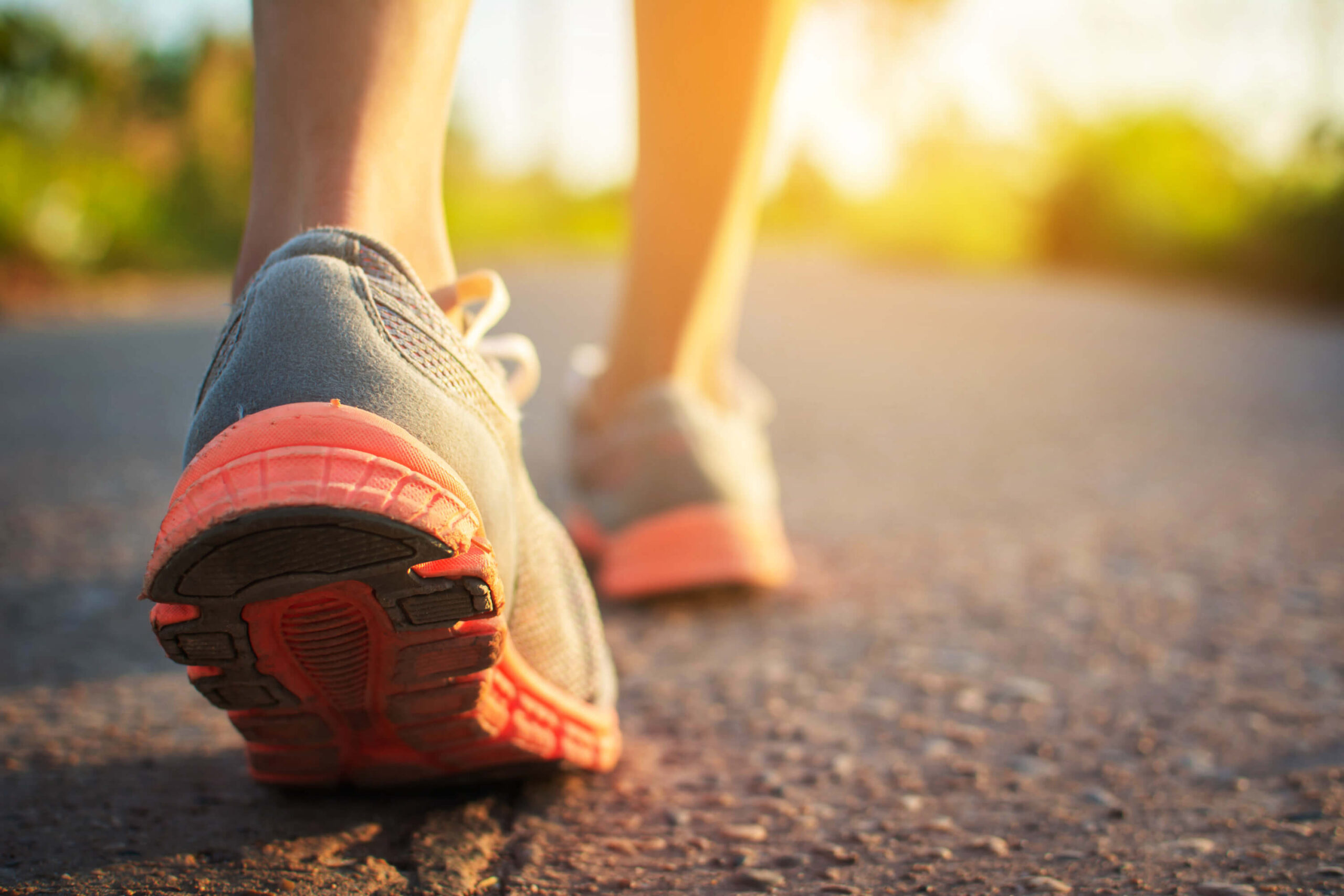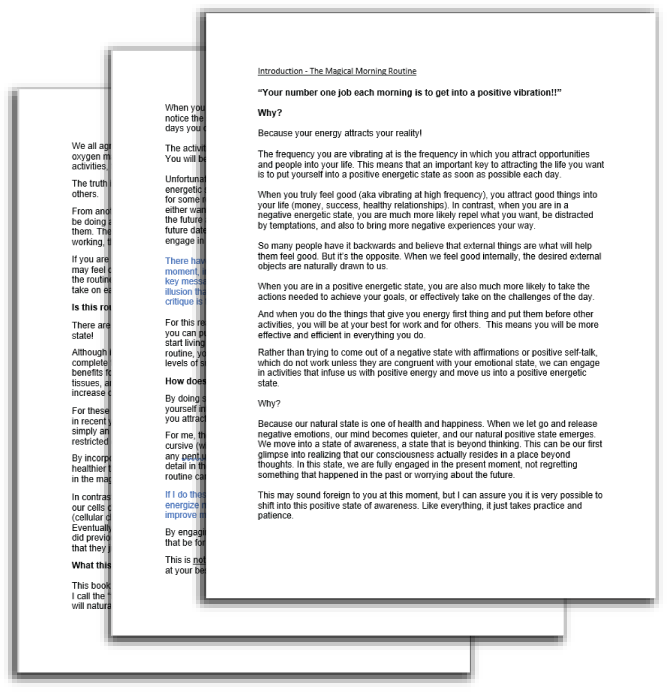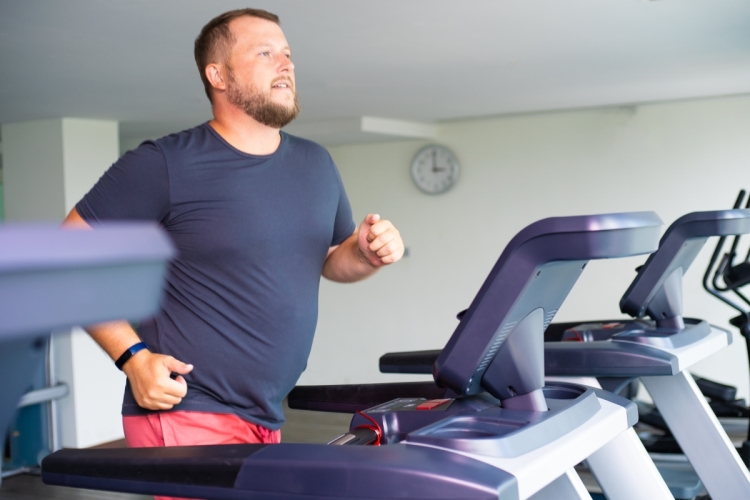What is the Metabolic Switch and How is it Flipped?
Written by Stephen Anton PhD on June 26th, 2024

The concept of the metabolic switch is gaining significant attention in the fields of health and fitness. Understanding this natural process can offer insights into effective fat loss and muscle gain strategies. But what exactly is the metabolic switch, and how is it flipped? Let’s explore this fascinating mechanism, incorporating recent scientific insights.
The Fasted State: Shifting from Fat Storage to Fat Burning
The fasted state is a crucial period when your body transitions from fat-storage mode to fat-burning mode. This shift usually occurs after 12 or more hours without eating, making overnight fasting a practical approach for many. The metabolic switch is essentially the body’s way of switching its energy source from glucose to fatty acids and ketones derived from body fat.
What is the Metabolic Switch?
Quite simply, the metabolic switch is the natural process of changing our body’s energy source from glucose (a type of sugar) to fatty acids and ketones (super-charged energy molecules made from our own body fat). This shift typically happens while we sleep and can have profound effects on our body’s ability to burn fat and build muscle.
How is the Metabolic Switch Flipped?
References
- Cell Metabolism, 2020. “Metabolic Flexibility and Its Role in Health and Disease.”
- The Journal of Clinical Investigation, 2021. “Ketones and Brain Health: Protective Mechanisms Against Neurodegeneration.”
- Nature Metabolism, 2019. “Intermittent Fasting and Ketogenic Diets: Potential for Lifespan Extension.”
7 Surprising Benefits of Backward Walking: Why You Should Give it a Try
Written by Stephen Anton PhD on Sep 17th, 2023

Walking is one of the simplest and most accessible forms of exercise, but have you ever considered walking backward?
While it might seem odd at first, backward walking, also known as retro-walking or reverse walking, has been gaining popularity as an effective and unique way to stay fit and improve overall health.
In this blog, I will explore the surprising benefits of backward walking and why you should give it a try.
History of Backward Walking
Backward walking, a practice rooted in ancient traditions, has been rediscovered and lauded for its remarkable impact on both the mind and body.
Backward walking is not a new concept; it has roots in ancient practices such as Tai Chi and Qigong. In these traditional Chinese exercises, backward walking is used to improve balance, coordination, and mindfulness.
Throughout history, various cultures have integrated backward walking into their fitness routines for different reasons, making it a time-tested approach to exercise.
7 Benefits of Backward Walking
Proper Form and Technique
Mastering the proper form and technique for backwards walking is essential to reap the maximum benefits of this unique exercise.
Whether you are using backwards walking for rehabilitation and physical therapy, improving joint mobility and preventing falls, or enhancing brain function and cognitive abilities, understanding the correct way to perform this exercise is vital.
How to Start Backward Walking
Backward Walking Products
Backward Walking Final Thoughts
Backward walking is more than just a novel exercise; it is a mind and body medicine that can transform the way we approach life. By creating new neurons in the brain, improving neuromuscular adaptation, and fostering a heightened state of present moment awareness, this ancient practice opens doors to personal growth and divine inspiration.
At present, there is much focus on getting steps in moving forward. But I believe that the results would be even amplified if the focus was on both forward and backward steps.
So, why not take a step back – literally – and explore the world of backward walking? Embrace this unique form of exercise and experience the surprising positive effects it can have on your physical and mental health.
Remember to start slowly, stay mindful of your surroundings, and enjoy the journey as you move backward towards a healthier you!

Get the Introduction to Dr. Anton’s Upcoming Book: Magic Morning Routine
Take advantage of this 100% free PDF and learn how to create a morning routine that helps you feel and perform at your best.

Get the Introduction to Dr. Anton’s Upcoming Book: Magic Morning Routine
Take advantage of this 100% free PDF and learn how to create a morning routine that helps you feel and perform at your best.

Get the Introduction to Dr. Anton’s Upcoming Book: Magic Morning Routine
Take advantage of this 100% free PDF and learn how to create a morning routine that helps you feel and perform at your best.









